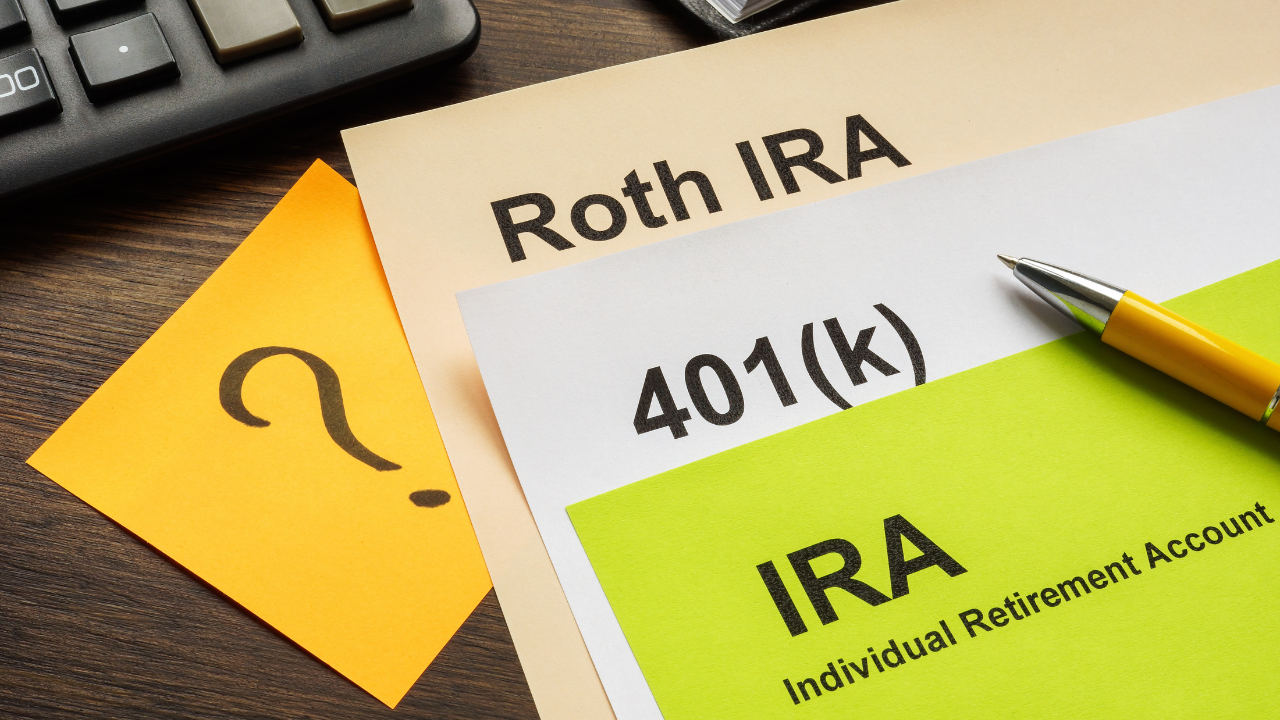How to Pick the Right Retirement Plan

Key Takeaways
-
-
-
-
-
-
-
- Learn the basics of common plans like IRAs, 401(k)s, 403(b)s, and more.
- If your employer offers a plan with a match, that’s a great place to start.
- IRAs can be a flexible way to save more on your own.
- The key to success is starting early and saving consistently.
-
-
-
-
Investment products are not obligations of nor guaranteed by Lake City Bank, are not FDIC insured, are not a deposit, and may involve risk, including possible loss of principal.
At first glance, retirement plan options can resemble alphabet soup—IRA, 401(k), 403(b) and more—which can feel overwhelming. But once you know the basics, choosing the right one becomes much easier. Read on for more about different plans and how to identify the right one for you.
Individual Retirement Accounts (IRAs)
Available to anyone with earned income, IRAs are a flexible, self-directed way to save for retirement. You can open one through a bank or investment firm and choose your investments. Many people use IRAs alongside employer plans.
- Traditional IRA – Contributions may be tax-deductible now; you’ll pay taxes when you withdraw in retirement. Required Minimum Distributions (RMDs) begin at age 73, though this age could potentially change. You must take your first RMD by April 1 of the year after you turn 73.
- Roth IRA – You contribute after-tax dollars, but withdrawals are tax-free—and there are no RMDs.
Best if: You want flexibility and tax planning options. You can open both types and use them with other retirement accounts.
401(k) Plans
Offered by employers, 401(k) plans let you save pre-tax dollars directly from your paycheck. Many employers match your contributions, helping your savings grow faster. You choose investments from plan options and can save more starting at age 50 with catch-up contributions. If you’re unsure about choosing investment options, consult a financial advisor or use the advice options included in your plan.
Best if: Your employer offers one—especially with a match. It’s a great way to save consistently and reduce current taxes.
403(b) Plans
403(b) Plans or Tax-sheltered Annuities (TSAs) are designed for employees of public schools, nonprofits and religious organizations. Similar to 401(k) plans, contributions are pre-tax, but employers may also offer a Roth IRA option. Investment choices in a 403(b) can be more limited than in a 401(k).
Best if: You work for a qualifying organization. Be sure to examine investments carefully and consult with an advisor if needed to determine the best option for you.
457(b) Plans
Designed for state and local government workers and some tax-exempt groups, 457(b) plans offer the same tax benefits as 401(k)s—with the bonus that contractors may also be eligible.
Best if: You’re eligible and want the same benefits as a 401(k), especially as a contractor. Be sure to consult an advisor about investment options.
Thrift Savings Plans
Federal government employees and members of the military can take advantage of thrift savings plans, which offer traditional and Roth options and a match on the first five percent of salary contributed. Contribution levels are generous, with higher limits based on age.
Best if: You work for the federal government or serve in the military. This plan is a great option based on contribution levels and the five percent match.
How Do I Choose?
Overall, the best retirement savings advice is to start! Selecting the right plan depends on your situation and eligibility. If your employer offers a plan with a match, start there. You can always supplement with an IRA to save even more. For help deciding what fits your situation, consult with a trusted advisor.
Investment products are not obligations of nor guaranteed by Lake City Bank, are not FDIC insured, are not a deposit, and may involve risk, including possible loss of principal.
-
-



